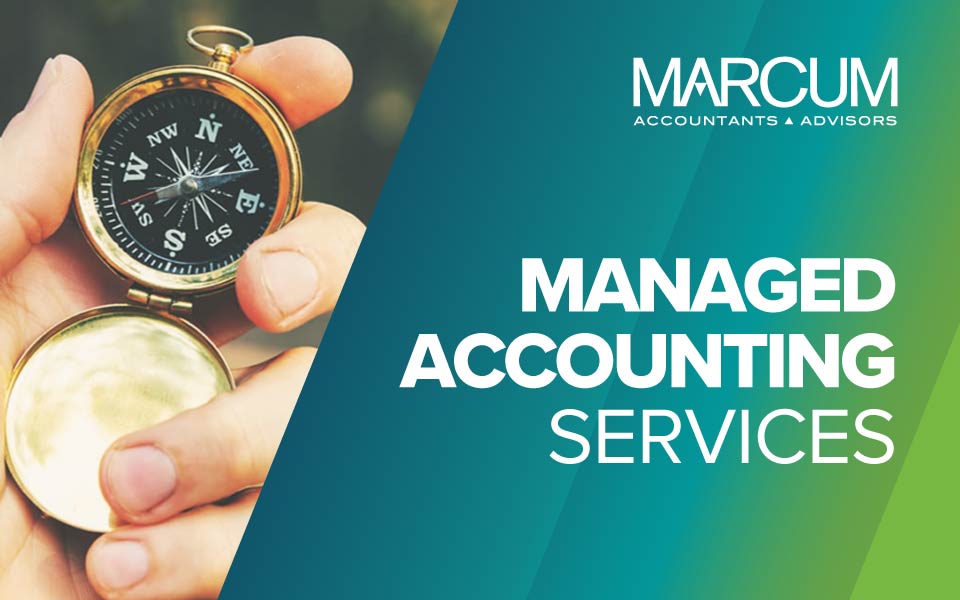Improving Accounts Receivable Collections (Part 5 of 6): 8 Tips for Improved Invoice Processing – Get Paid Faster with Accounts Receivable Collections Management Software
Over the next several weeks, we’re pleased to host a series of blogs authored by e2b teknologies aimed at improving your ability to collect accounts receivable. In addition, on April 10, e2b will be hosting a free live webinar entitled “6 Steps to Developing a World Class Business Credit Policy & Collections Action Plan.
1. Send the invoice in a timely manner. If your customer doesn’t have the invoice it can’t get paid. Further, invoices that come months after the fact can cause confusion if the customer can’t remember the transaction.
2. Be sure the invoice is clear and complete. The invoice should state what the billing is for – what products or services were delivered and when. Provide as much detail as practical so the customer knows they are paying for. This should go without saying but make sure the invoice is readable and professional looking – not handwritten or badly formatted. Standard accounting software like QuickBooks can help you generate good looking and effective invoices.
3. Make sure you have the correct billing address. Large organizations can be complicated and sending an invoice to the wrong address could lead to it being lost or delayed. Be sure to ask the customer’s representative where to mail the invoice if it’s not clear from a purchase order or other such document.
4. Understanding the internal approval process is helpful for large customers. Do you send the invoice directly to Accounts Payable or should it first go to the person who made the purchase for approval before it is forwarded to AP for processing?
5. Include clear payment terms and due date on the invoice. Calculating the due date for the customer will help them focus on that date.
6. Include a Remit To address. If appropriate, also include instructions to “make check payable to” the entity name you prefer.
7. Include any information required by the customer to process the payment request. This could be a PO or Job number or supporting documentation such as a signed receiving document (proof of delivery) or approved timesheets. This will be different for every customer so be sure to ask about their requirements before starting work.
8. Include a statement to the effect that “A Late Fee of x% may be assessed on past due balances” if you ever want to enforce such fees. Whether this is a good practice or not is debatable and I will address that in a future posting. The exact language can vary and you might want to have your legal advisor review or provide the exact wording. The fee percentage (interest rate) is regulated in some states so be sure you know what the limits are. Practically speaking this is typically in the 1% – 1.5% per month range. More than that could seem excessive; less than that isn’t worth the trouble.Inevitably some invoices will not be paid on time despite even the best internal invoicing practices. Businesses should consider using a collections system like Anytime Collect which can be setup to provide direct access to original invoices and account information for collection representatives should the customer exceed their agreed-upon credit terms.
Our goal is to help you succeed through new technologies that make sense for your business. Anytime Collect will help you automate how you manage one of your largest assets – your accounts receivable.
Live Webinar
6 Steps to Developing a World Class Business Credit Policy & Collections Action Plan
Accounts receivable is typically the largest or second largest asset for most businesses yet most companies do nothing to improve their credit and collections processes. This presentation will outlines six easy steps to developing a world class credit policy and collections action plan to help you gain significant advantages in your business to reduce days sales outstanding (DSO), improve cash flow, and reduce bad debt write-offs through best practices and automation.
Other Free Materials From e2b
- Free Whitepaper: 17 Things You Should Be Doing Right Now To Reduce Outstanding Accounts Receivable
- On-Demand Webinar: How One Company Reduced Their DSO by 40% With Credit Collections Software
- Free Report: Revenue Cycle Management – Increasing Control Over the Order-to-Cash Process
About e2b
e2b anytime apps, a business unit of e2b teknologies, develops software-as-a-service (SaaS), cloud-based business software including Anytime Collect, Anytime Commerce B2B e-commerce, Anytime 500 add-ons for Sage 500 ERP, Anytime Supply Chain, Anytime Docs, and Anytime Assets inventory and asset tracking. Anytime Collect accounts receivable credit and collections management software integrates with popular accounting software to streamline and automate B2B accounts receivable collections activities resulting in significant reductions in outstanding receivables and improved cash forecasting.
One final thought: in collections if you don’t ask for the money you don’t get the money. Professional and timely invoicing is the first step of the process of getting paid for the work you do.




















